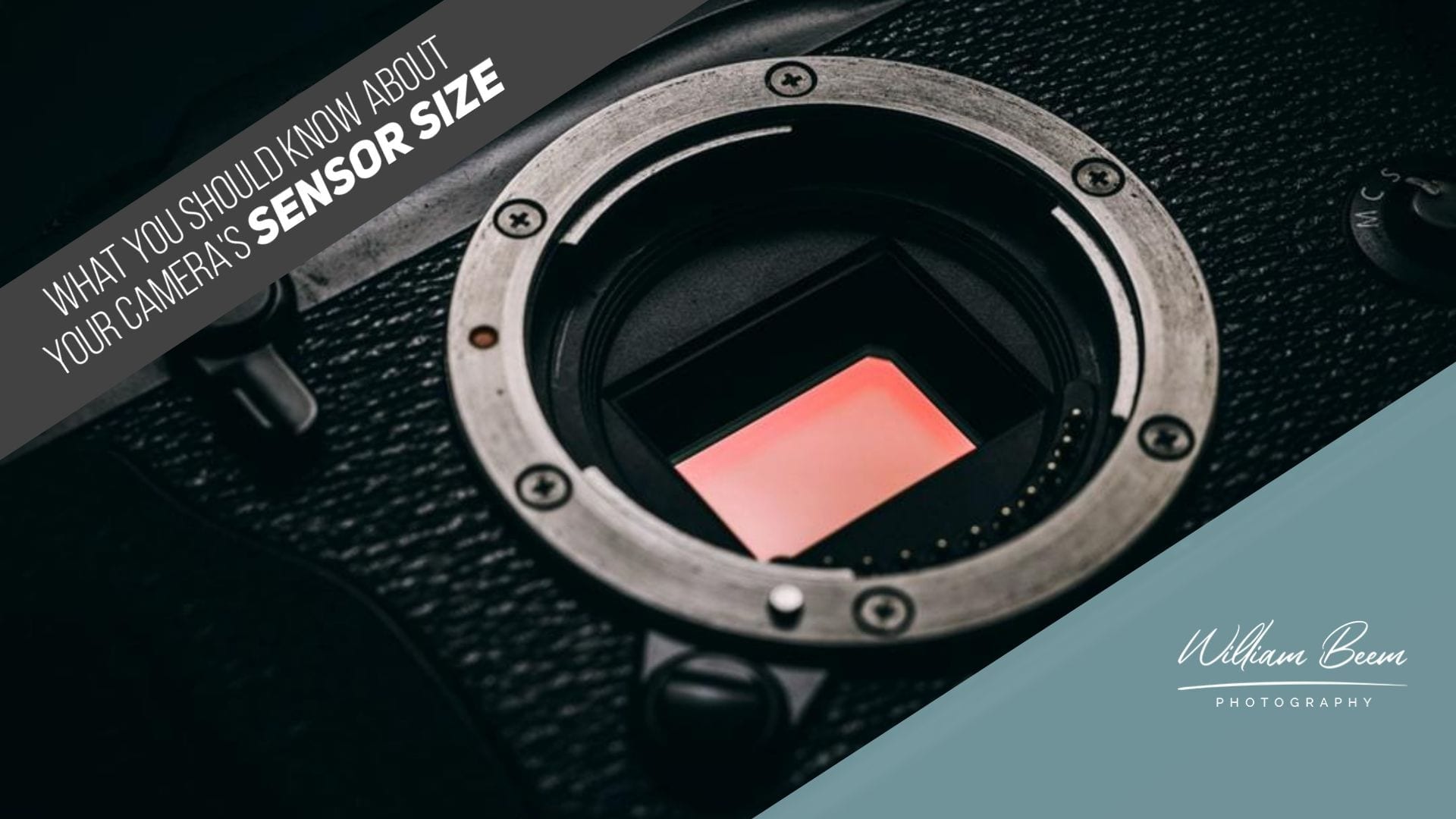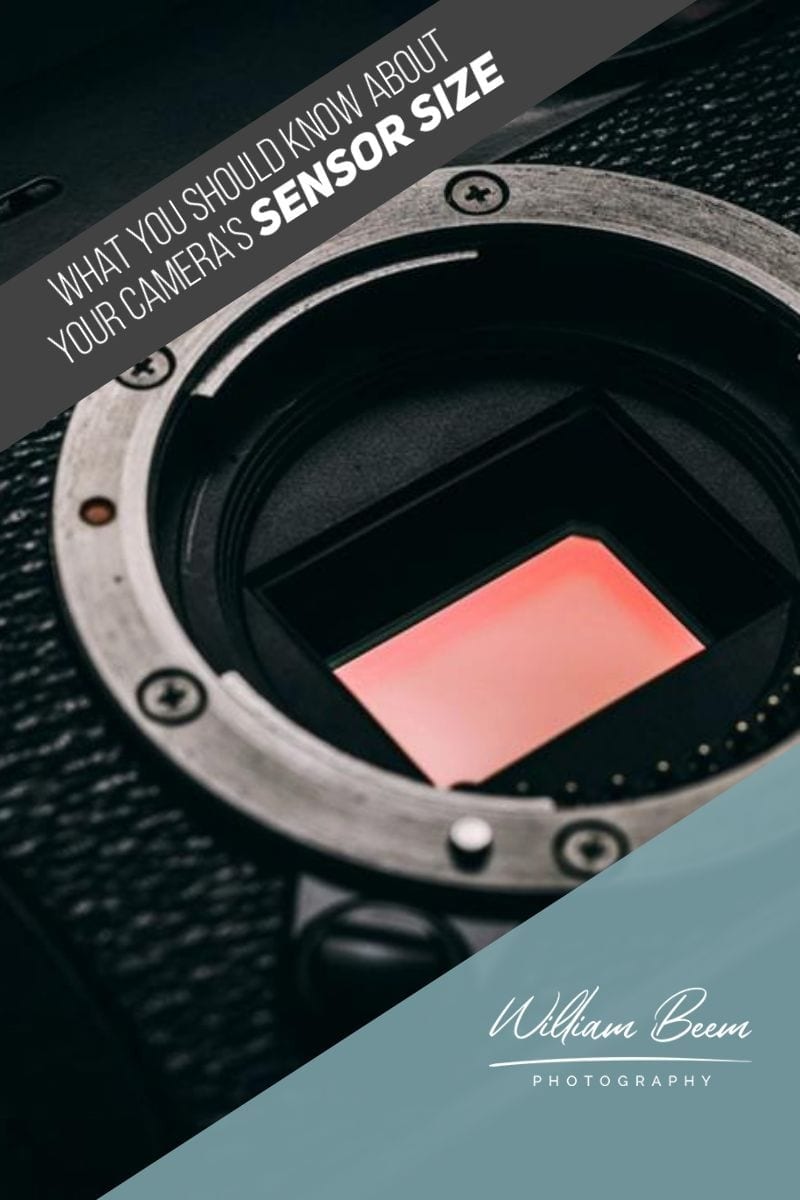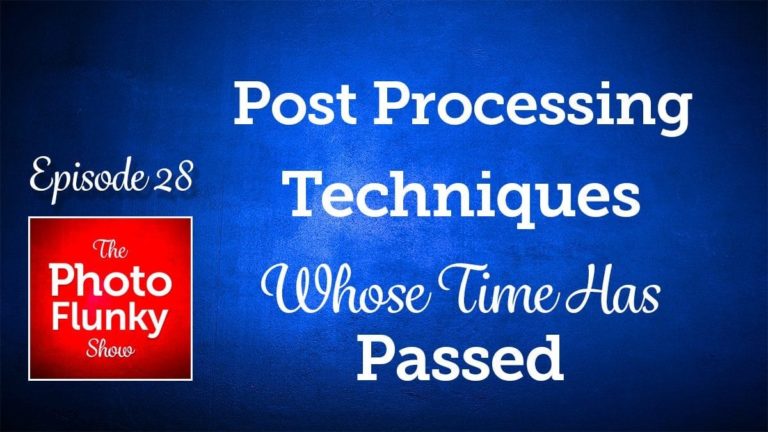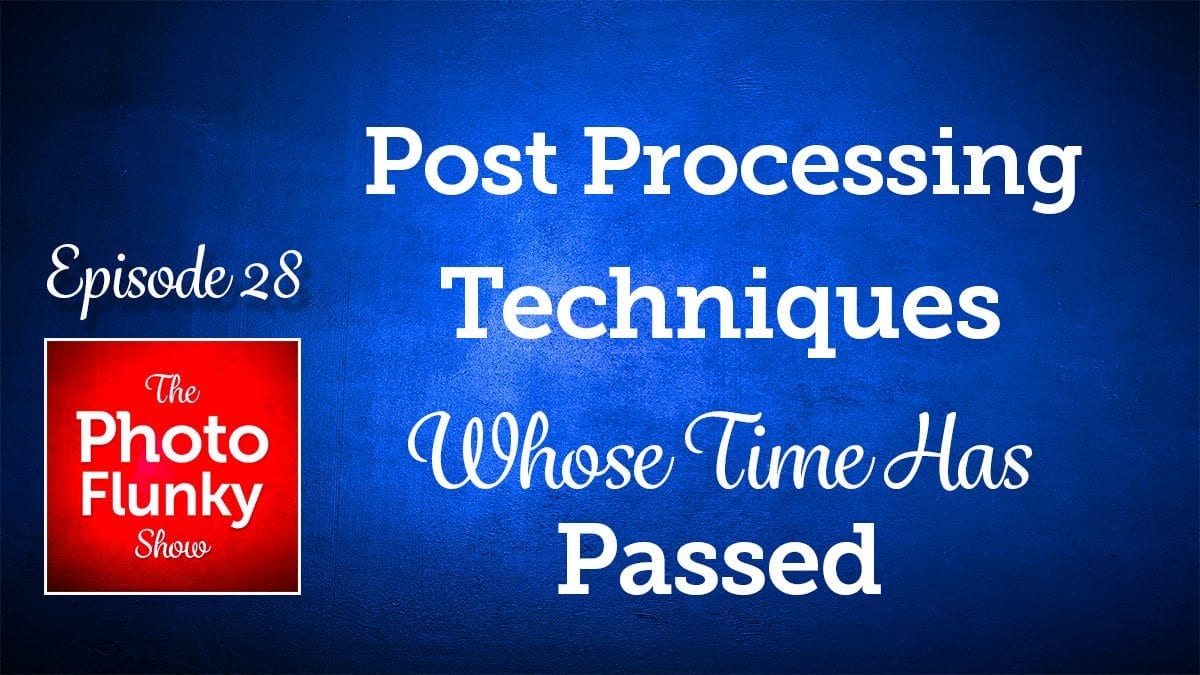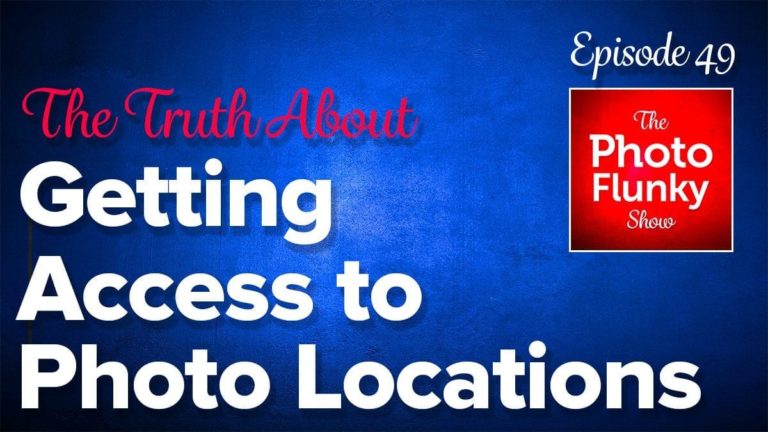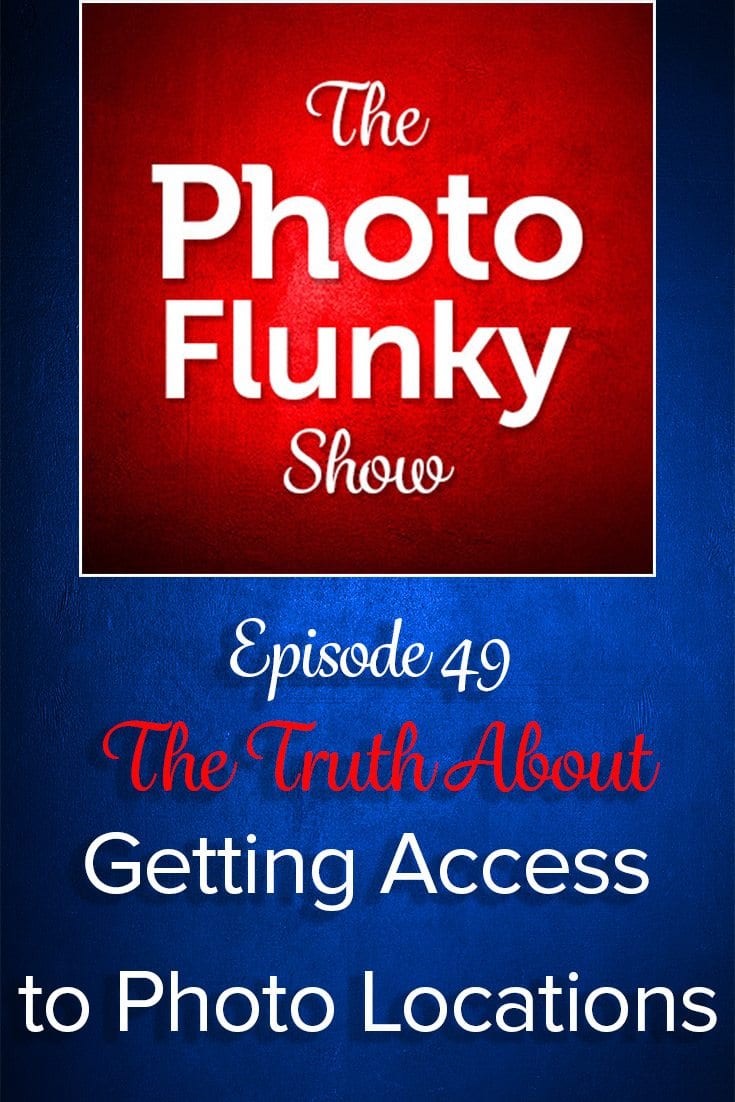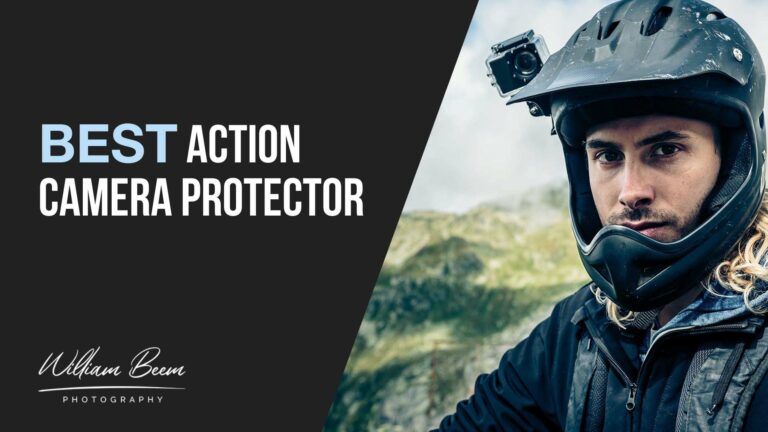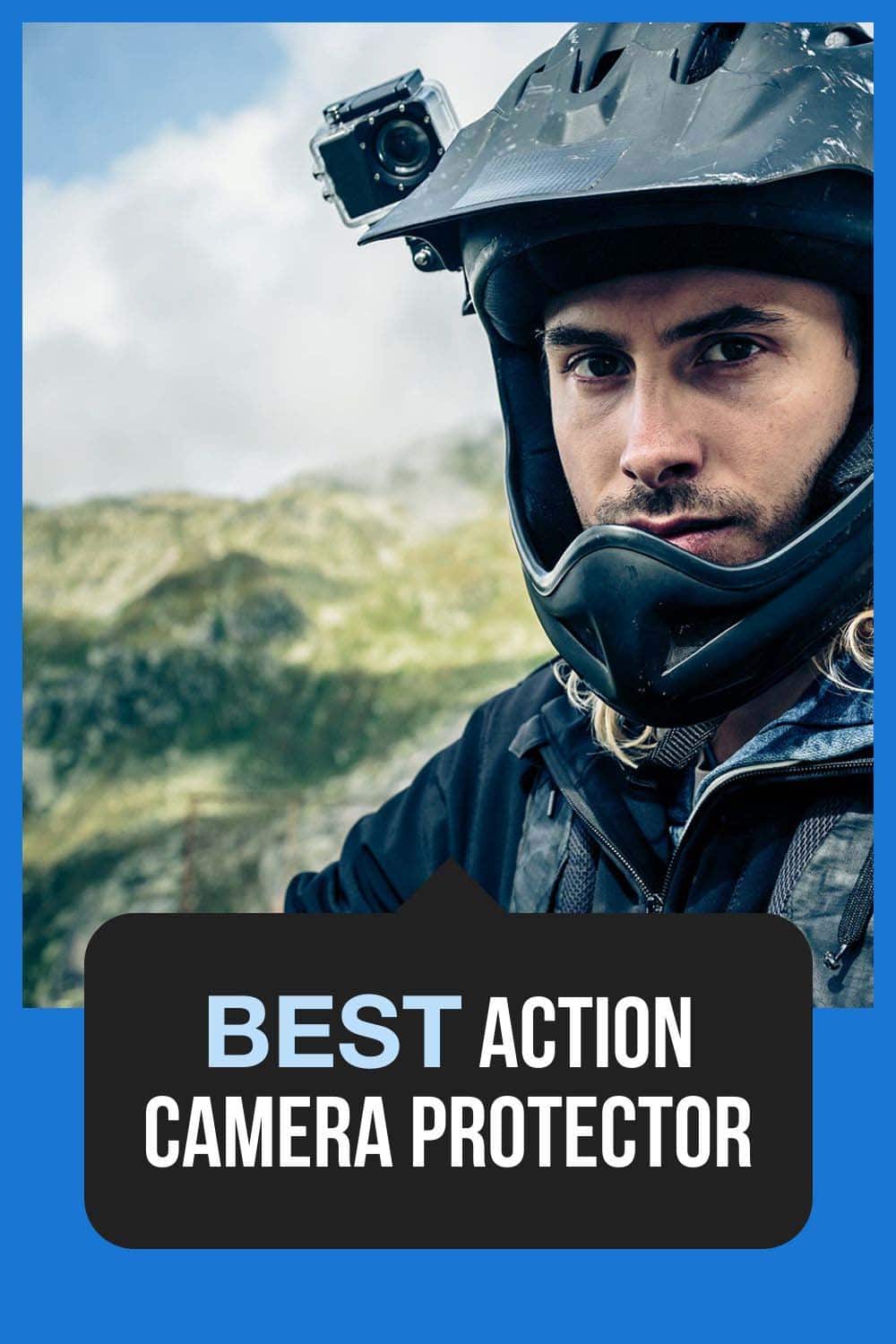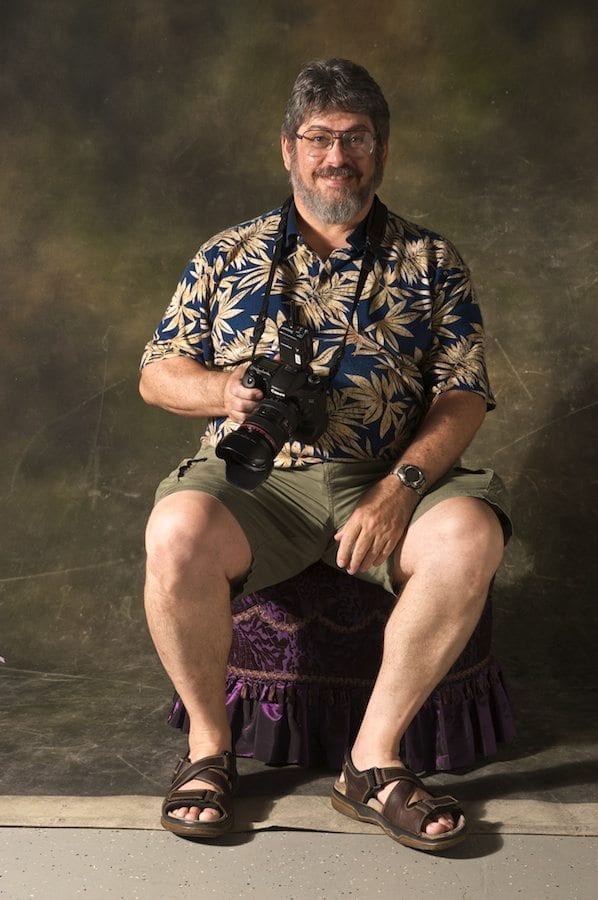Affiliate Disclosure: We earn a commission if you purchase through one of our links at no additional cost to you.
Does Sensor Size Really Matter?
One of the common debates in photography seems to be an unending grousing about sensor size. What’s better for a DSLR, a crop sensor, or a full-frame? Can you take a decent photo with a smartphone? Why does anyone bother with Micro Four Thirds? Is that even a thing anymore?
There are occasions when sensor size matters to your photos. Fortunately for most of us, those occasions are specific, predictable, and quite often, the minority of times, most people need to take a photo.
When Sensor Size Matters
Larger sensors collect more light than smaller sensors. Ideally, this allows for higher resolution and better photos.
In practice, modern technology really improved the image quality of smaller sensors. If you’re taking a photo in good light at a DSLR equivalence of a midrange aperture, such as f/5.6 or f/8, it’s quite likely that you wouldn’t notice the difference among many different cameras, from smartphones to medium format.
That’s not to say we should toss out our larger cameras. They really do excel at some things due to their sensor size.
1: Bokeh
A larger sensor provides better bokeh – the defocused area behind your subject when shooting with larger apertures. Larger sensors require larger lenses to fill up the sensor with light.
Smaller sensors require wider focal lengths. Those wide-angle lenses do a poor job of creating bokeh. If you want to see great bokeh, rack out a 70-200mm lens at f/2.8 on a full-frame sensor camera. That provides some serious blur.
If I use my ultra-wide angle Nikon 14-24mm lens, my bokeh isn’t nearly as desirable. Shorter focal length, less bokeh. Smaller sensor size, wider lenses, less bokeh.
Smaller sensors crop in the image compared to larger sensors, so they need a greater distance from the subject to replicate the same bokeh.
Granted, your sensor alone doesn’t create bokeh. It needs a lens and comparative distance from the subject. Basically, you just can’t cram all of that into a smaller sensor and get the same results. It violates the laws of nature.
2: Low Light Conditions
Remember what I said above? Larger sensors gather more light. Smaller sensor sizes struggle in low light conditions. If they cannot gather enough light to represent the subject, you start to see digital noise.
I would never think of trying to take photos with my old Nikon D200 (crop sensor) camera above ISO 800. It was horrible at that ISO, too. When I switched to full-frame sensor size in the Nikon D700, I wouldn’t hesitate to take it up to ISO 1600. In fact, I could get usable images up to ISO 6400, though they needed a lot of help with post-processing noise reduction.
My Nikon D800 is a few years old, but it’s far more advanced in technology compared to the D700. I laugh at ISO 6400 now.
Crop sensor sizes made improvements. The Nikon D7000 can go higher than the same sensor size in my old D800, but it doesn’t get close to the quality I had in my full-frame cameras.
Smartphone photos in low light are mostly a reminder that you were someplace blurry in the dark.
Even so, I’m finding some very nice results from the 1″ sensor size cameras used in some modern point and shoot cameras, like the Canon PowerShot G7 X Mark II (Black) or the cameras used in some drones.
The Canon PowerShot G7 X Mark II is a great little camera for travel photography. It's small and lightweight, making it easy to carry with you on your travels. The image quality is excellent, and the camera is very easy to use.
The video quality is also excellent, and the camera has many great features for shooting video. Overall, the Canon PowerShot G7 X Mark II is an excellent travel camera that takes great photos and videos.
3: Image Resolution
We know that the megapixel wars were mostly a myth about image quality. Yet there are reasons why some photographers shoot with a medium format camera with megapixel resolutions.
They need larger files to print large sizes.
When I look at a photo taken on a medium format camera compared to my Nikon D800 or D810, I don’t see a big difference in image quality. If I needed to print something on the side of a Las Vegas hotel, then I’d go for the camera with more megapixels to do the job.
Resolution matters when output matters.
When Sensor Size Doesn’t Matter
Assuming that I don’t have a large output requirement, I can take excellent photos in good light using almost any modern camera. That’s because they all look great in well-lit conditions. You know, like daylight. With flash or strobes.
Great quality of light leads to great image quality.
If I could trigger a flash with my iPhone, I could take a photo that would rival many DSLR cameras. I just don’t have a hot shoe on my iPhone.
Granted, there are more issues with photography than sensor size. We mentioned light. Lenses certainly matter. It doesn’t hurt to have an interesting subject, either.
Yet the sensor size is less of an issue today for, I estimate, 80% of the shots most people take. I’m totally basing that on the 80/20 rule and the number of photos I see floating around.
If you’re shooting concerts, weddings, or nighttime sports, get the camera with a full-frame sensor. You’ll use the benefits of its ability to gather more light.
On the other hand, there is a lot of convenience to carry a smartphone or a smaller camera. The results we see from lighter cameras are very good, and they won’t break your back lugging gear around with you. Also, you’re more likely to take a great shot somewhere if it’s not a pain to take the camera with you.
Transcript
THE PHOTO FLUNKY SHOW: Episode 74
Links to subscribe to the show:
You can find links to this episode and all of the other ones at photoflunky.com
iTunes: williambeem.com/itunes
Google Play Music: williambeem.com/googleplay
Stitcher Radio: williambeem.com/stitcher
Blubrry: williambeem.com/blubrry
William: Thank you so much for joining us on the Photo Flunky Show, episode seventy-four.
Today we are going to be asking what you should know about camera sensor sizes. Sensor sizes! You say that enough times really fast and it sounds like synthesizer.
Lee: Drink wine before the show.
William: No. No wine before the show.
Hi everybody. My name is William Beem.
Lee: Hi, my name is Lee Beem.
William: Today we kind of want to talk about camera sensor sizes. Does it really make a difference with what you are doing? In some cases, maybe so; in others, maybe no.
But before we get into that I just want to let you know that show notes for this show are going to be available at williambeem.com/episode74 and you can get a transcript of the show there for free.
If you’d like to subscribe there will be links on that page or you can go to photoflunky.com and you’ll find this show and every other one in our player. And of course, we’ve got links to subscribe there as well.
Finally, I’ve got an eBook out. It is called Creative Portraits. It’s not a technical book. This is about the emotional and creative side of taking portrait photos and I would love you to get a copy of it. It is available at williambeem.com/freebook or if you’re on the go, just pull out your phone, text the word or phrase CPBOOK to the number 33444.
Talking about sensor sizes with photographers. In some cases this is one of those hot button issues. It’s almost like Canon or Nikon. Do you have a crop sensor or do you have a full frame sensor? Or heaven forbid you should have something even smaller.
Lee: I know, this really intimidated me when I first got a camera. I wasn’t or couldn’t even say I was into photography and now when I see topics like this, I think, yay!
William: After a while you start to realize that in most cases, 80 percent of the time it just doesn’t matter.
Lee: I’ve got nothing to prove. And most of these arguments are based on a feeling of the necessity to prove something to somebody else. I have nothing to prove.
William: Let’s look at some math going on here. The photography industry is just in turmoil right now. Even though there are more photos being taken today than probably in the combined history of photography up until the past year or two. And that’s because almost everyone has a camera in their smart phone and they are out taking photos all the time. And you know what? It works.
Lee: It does. But it’s not just that it works. The modern age now ... remember in the 1980’s somewhere with microwave ovens we used to say everyone wants microwave this and microwave that; they want it quickly. What happened to waiting for things?
William: Oh yeah, there were actually people who got rid of their stoves because the microwave could do everything they wanted it to.
Lee: Yes. Speak to my mother about that one. Dad got rid of the stove.
Nowadays, people want to see where you are right now and the advantage with a phone, and the reason it’s so appealing to all these young people, is first of all you have one on you anyway and secondly you can take a photo and upload it immediately or you can broadcast live. So people want to see what you’re doing right now. Nobody wants to wait for stuff.
William: No they don’t, and that’s the convenience factor. But we are not talking specifically about smart phones here. We are talking about sensor sizes and one of the biggest debates was are you going to have a camera with a crop sensor or a full frame sensor?
And the debate on that really goes back and forth on some silly issues, I think.
Lee: Yes, it does.
William: One of the things that people who like crop factor cameras like to say is that it gives them more reach. And that is total and utter nonsense. I mean, seriously! The fact that your sensor is smaller does not magnify your photograph.
Lee: It really does not.
William: If you stand next to someone and one has a full frame camera and one has a crop sensor camera, you take a picture of the same subject, it looks just as far away in your lens as it does in the other person’s lens. The difference is you are losing a little bit of resolution on the sides. Literally, that is why it is called a crop. So you don’t see the whole image.
Lee: It crops it; it doesn’t zoom. People seem to think oh, I’ve got the extra zoom. Really? How?
William: Here is what they think. They think yeah, but I have more resolution on my subject because I’m not wasting pixels on the side where it didn’t matter.
Lee: Oh dear lord.
William: I know. How do you argue with logic like that? Yeah, if you want more resolution or pixels on it, you are not any closer to it and your lens is not suddenly magnifying it because you have a crop sensor camera. That is just simply a myth.
It is not a problem to go ahead and shoot with any lens that you want to on a crop sensor, but you are not getting any magnification. So what is the advantage of having a crop factor?
Lee: Well there isn’t one? To me the advantage is that I am not paying for stuff that I don’t need. And I don’t need a full frame camera for what I’m doing.
William: Years ago when my Nikon D700 came out I decided I was going to get away from crop sensors. I had a D70 that I started with for digital then got the D200. Both were nice cameras; I enjoyed them both, but I wanted to go full frame because I believed there was something magical about the full frame.
There was. I got a few things with full frame that I didn’t get with a smaller sensor. But it would not affect the majority of my photos. The things that I got were better bokeh.
With a larger sensor you simply get finer quality to the bokeh in your photographs. Also it worked better at high ISO.
Lee: Yes, I’ll give you that. It really does.
William: You take a small sensor camera into a dark place and it has to crank up the ISO, you’re going to have a lot of noise. The same could be true on a full frame camera. Some handle noise better than others. My D800 handles noise much better than my D700 did. But I used to brag that my D700 could see in the dark.
Lee: Look, I’m going to give it that one because I have a crop sensor camera – I’ve got a Nikon D7000 so it’s not anything new – but I am really happy with it. In low light conditions, I start getting a little bit uncomfortable once I’m cranking up beyond 1000 ISO. It will handle a lot higher than that, but I am anti grain.
But William’s camera will go ten times that much in ISO and have much better quality.
William: Let me ask you this question. How many times are you taking photos in those circumstances?
Lee: Not really.
William: So why in the world would you want to pay for something that generally you are not using?
Lee: That’s true.
William: A crop sensor or even an iPhone in good quality light can take magnificent photos. You would not really be able to tell the difference between a crop sensor camera and a full frame DSLR or maybe in some cases, even a medium format. I’ve been looking at medium format cameras these days and I’m thinking you know the resolution is larger on some of the full frame or particularly, the medium format. If you need to have a really hundred megapixel camera you are going to go medium format. You are paying for that. But when I look at the quality of the images I didn’t see the difference between paying a few thousand dollars for a D800 and tens of thousands of dollars for a medium format.
Lee: Maybe I don’t see the difference because I’m not experienced enough ...
William: She’s making a joke because someone told her that once on a forum. But you know what? If you look at the photos, the question is: Is there a look to medium format that you can or cannot replicate with a DSLR? And honestly I think that difference with modern cameras has really diminished.
Lee: It has. I mean we’re going back maybe five or six years and somebody had taken a photo with full frame and then they had compared it to a similar photo taken on a crop sensor and said, “This is why it is worth splurging on the full frame.”
I was honest and said I can’t really see the difference. The person who posted it, I guess I offended them and I really didn’t mean to, came back and said, “Well you clearly don’t have the experience and you haven’t educated your eye to spot the difference.”
I was fairly new at the time and though OK, fair enough. I’m not experienced.
William: But think about that. If you are showing your photos to an audience that is not made of photographers, are you expecting them to be educated to know why it was worth it for you to spend $50,000 for a camera instead of $2000 or $3000?
Lee: Well at the time I accepted it and thought, fair enough. If I had looked at that response to my question before and looked at it today, my response would have been .....
William: There are reasons why a lot of commercial photographers will shoot with medium format. There are things that they can tell themselves about how much better it looks and in some camera comparisons it does. But honestly, the difference is they can get larger resolution files because if they are going to be making billboards or they are going to be making large prints of these things, they need that resolution to help maintain the quality at a larger print size.
Lee: Yes and everything has its place. There is nothing wrong with a full frame camera. I think the hype is overdone here and too many people who don’t need them feel like they need them.
William: One of the things I know is even though there’s a larger sensor in a medium format camera, one of the things I never really see are people trying to shoot photos in low light situations with a medium format camera.
When I go to a concert and I’m looking at the concert photographers, I don’t see them out there with a $50,000 Hasselblad. I see them out there with a Nikon or a Canon and DSLR and they are shooting and getting great images as a result and it’s working great in the low light environment, but they are not out there spending $50,000, $60,000 on a camera to try and shoot in those low light events.
If you go to a sporting event look at the guys on the side with the 600mm lenses. They are shooting DSLRs. They might be shooting the top end DSLR, the flagship that has the high frame rate, but they are not out there with Hasselblad. Or you don’t see a lot of Phase One at football games.
Lee: I don’t know anything about that.
William: That’s OK. She’s never watched a football game.
Lee: It was the Phase One. OK. Lost me!
William: Here’s the point we are trying to get to. Don’t let sensor size really grab you unless you are in a circumstance where you know that you need a larger sensor size. With your iPhone you can take beautiful photos, but you’re not really going to get a lot of bokeh.
Apple has actually pulled a rabbit out of its hat in the modern cameras that it has to take two images and then blur the background in post processing in the camera to make it look like it’s got bokeh. It doesn’t, but it’s a nice effect and it works for what most people need on a smart phone.
We have a tiny little Canon G7X Mark II that we just got; a 20 megapixel point and shoot camera. We got it mostly for video but we’ve been taking some photos with it and looking at them and thinking wow, that’s really nice. It’s only got a one inch sensor in it. But it’s handling low light very well. I kind of want to do some time lapse with it.
So a one inch sensor is handling low light nicely these days. Modern sensors are just drastically improved since when I started shooting with digital in the early to mid 2000’s. Don’t worry about your sensor size anymore unless you know that you need better bokeh. You need better noise control at high ISO and occasionally some of the image quality can be a little bit better. I’ve got a Nikon D800; there is now the D810 that’s out. Those 36 megapixel files have really incredible image quality to them.
Lee: Oh yeah. I mean you can zoom into your photos and I look at them and think I couldn’t zoom to that level on my photos and keep the same clarity.
William: But that is that particular sensor because my old full frame sensor that is in the D700 couldn’t do the same thing so that is simply a matter not of the size of the sensor, but of the improvement in sensor technology.
Lee: That also comes down to knowing your purpose. I always say that, but really, does it fit your purpose? Or are you just wanting to do what the cool kids are doing. If you need to fit in and be popular, then get the good stuff.
William: We are trying to help you save some money basically, saying know if you need it before you go off and buy it. A lot of my photos these days are going to be portrait photography with studio lights or flash. I have no need for worrying about high ISO with that. If anything I want to shoot at the lowest ISO that I can. And I bet you that point and shoot, if it could trigger a flash, would probably do just as well. Maybe the lens quality is not as good as the lenses I have on my DSLR, but the sensor image quality can do just as well and I would be happy with that even because it’s a lightweight and I don’t have to lug a big heavy camera around.
Lee: Absolutely. Basically there is a difference if you are shooting certain types of photography and I don’t want to say at a certain level because that’s just really ... what does that mean anyway?
William: You know it’s not about level. It’s about your subject.
Lee: It really is. It’s about your purpose. What are you going to do with the photos? So yeah, it can matter, but to the vast majority of us, we can take absolutely wonderful photos without it. All I’m saying is I refuse to be intimidated and spoken down upon because I choose what’s best for me. It’s just as good.
William: And I’m jealous because yours is lighter than mine is and you can go walking around and taking something. Dragging that big heavy full frame around – I’m kind of over it. That’s why I’ve got the point and shoot now.
And just one last thing to think about. If you are worried about taking photos in low light, do what I do. Put it on a tripod.
Thank you so much for joining us on the Photo Flunky Show. We really appreciate you. As I said at the beginning, show notes are going to be available at williambeem.com/episode74 You can get a transcript of the show there for free.
Also there will be links to subscribe to the show on iTunes, Google Play Music, Blubrry and Stitcher Radio and so forth. Finally, don’t forget to claim your copy of Creative Portraits. It’s free. We’d like you to share it with a friend. Take a look. You can download it at williambeem.com/freebook or you can text the phrase CPBOOK to the number 33444
Thank you so much. We’ll see you again next week.

